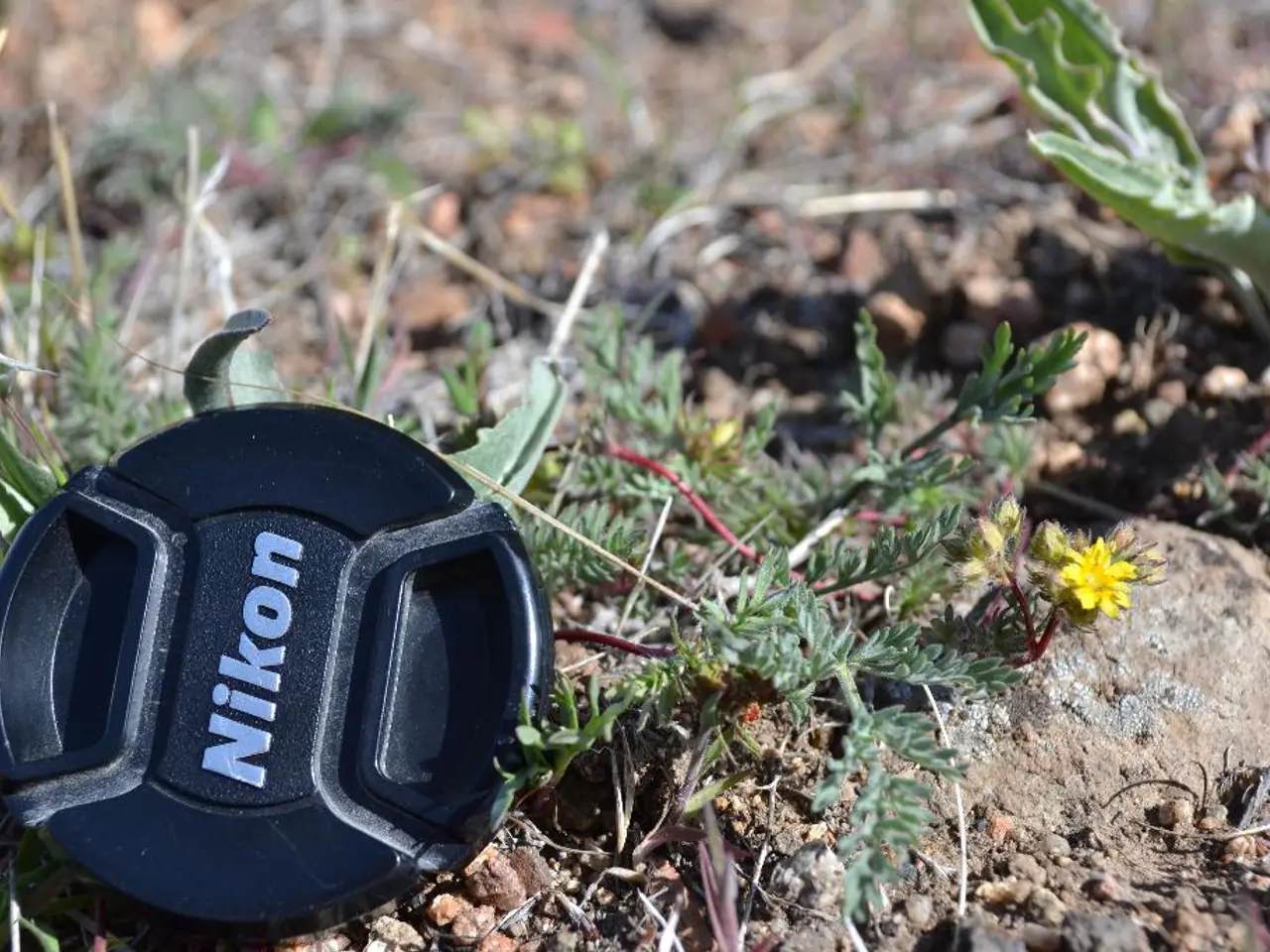Eliminating Bermuda Grass: Discover Effective Methods for Eradicating Bermuda Grass from Lawns
=====================================================================
Bermuda grass, a warm-season turfgrass native to Africa, is known for its hardiness and ability to thrive in harsh conditions. However, when this grass invades flower beds, it can be a nuisance for gardeners. Here's a guide on effective methods for controlling Bermuda grass in flower beds without harming other plants.
Key effective methods include:
- Install a physical barrier: Use plastic or metal edging at least 10 inches tall, sunk 6 inches deep around your flower beds to block Bermuda grass runners (rhizomes and stolons) from creeping underground or over the surface. Regular mowing along the edging can prevent seeding nearby.
- Smother the grass: Cover affected areas with a layer of cardboard or landscape fabric, overlapping edges by 6 inches to block sunlight and prevent grass growth. Then apply a thick layer of mulch on top to suppress any seeds and reduce regrowth.
- Raised beds: Consider building raised garden beds with durable edging and layering weed cloth beneath soil to prevent Bermuda grass infiltration.
- Avoid rototilling the soil: Since tilling can break Bermuda grass rhizomes into pieces and worsen the spread, manual removal of roots and rhizomes by digging is preferred.
- Solarization: For aggressive infestations, solarize the soil by covering it with clear UV plastic during the hottest months for 4-6 weeks to kill Bermuda grass underground, keeping a buffer of at least 2 feet around edges.
- Use selective herbicides carefully: Some herbicides like glyphosate (RoundUp) will kill everything and thus risk harming other plants, so they are best avoided in flower beds. Organic herbicides or vinegar-based sprays only suppress Bermuda grass temporarily.
- Pre-emergent herbicides: Applying pre-emergent herbicides (e.g., Prodiamine or Dithiopyr) when soil temperatures reach 55°F can prevent Bermuda grass seeds from germinating, protecting flower beds in the growing season.
In summary, the best approach is physical and cultural controls: edging to keep rhizomes out, smothering existing grass, mulching, solarization, and careful manual removal. Avoid broad-spectrum herbicides inside flower beds to protect desirable plants. Regular monitoring and persistence over multiple seasons is often necessary for Bermudagrass control in garden beds.
Remember, culling Bermuda grass deeply and manually over time will minimize its presence. The plant's vigor, tolerance of heat, drought, and heavy foot traffic make Bermuda grass ideal for colonizing difficult-to-maintain, low-nutrient areas.
- When establishing a new home-and-garden area, consider implementing raised beds with durable edging and a layer of weed cloth beneath the soil to maintain a beautiful lifestyle garden without the interference of Bermuda grass.
- To maintain a picturesque home-and-garden aesthetic, avoid rototilling the soil and opt for manual removal of Bermuda grass roots and rhizomes during regular gardening activities, as tilling can worsen the spread of this hardy turfgrass.





